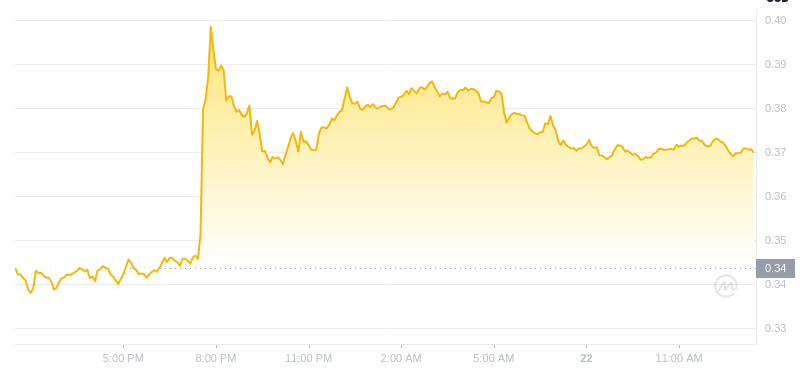
You can also read this news on BH NEWS: Exploring the High Failure Rate in Cryptocurrency Projects
A study reveals a concerning trend within the cryptocurrency landscape: a significant portion of digital currency initiatives have been unsuccessful. Despite the listing of over 24,000 cryptocurrencies since 2014, two-thirds are either inactive or have failed. The statistic casts a shadow on the long-term viability of many crypto projects, highlighting the risks associated with the industry’s rapid expansion.
Rise and Fall of Crypto Projects
The end of 2022 marked a downturn for cryptocurrencies, with a failure rate climbing to 65%. The booming market between 2020 and 2021 saw a flurry of new projects, many of which could not sustain themselves. CoinGecko data indicates that during these years, more than half of the 7,530 new cryptocurrencies were unable to continue operations.
High Turnover in Trending Coins
Meme-based cryptocurrencies have been subject to particularly high failure rates. The surge in such projects between 2020 and 2021 led to around 70% shutting down. The ease of creating tokens and the influx of unsubstantiated projects contributed to this spike, outpacing the 50% failure rate observed during the 2017-2018 period.
While Terra and Cardano ecosystems showed high project failure rates, Dogecoin emerged as a notable anomaly, maintaining its market presence despite its meme coin status. Criteria for classifying a project as a failure included low trading volumes, inactive social media, and non-functional websites.
2021 was a difficult year for cryptocurrency ventures, with over 70% of the 5,724 projects launched that year failing by early 2024. Despite this, a recent drop in the failure rate to 10% for new projects in 2023 suggests an improvement in the sustainability and quality of cryptocurrency initiatives.


 ItsBitcoinWorld
ItsBitcoinWorld Cryptopolitan_News
Cryptopolitan_News U_Today
U_Today Cryptopolitan_News
Cryptopolitan_News DT News
DT News Cryptopolitan_News
Cryptopolitan_News Thecryptoupdates
Thecryptoupdates DogeHome
DogeHome Coincu
Coincu






















